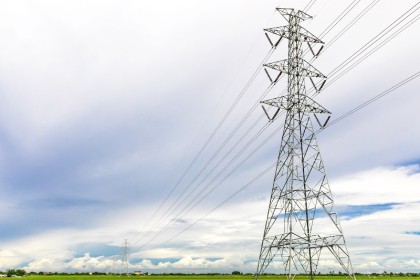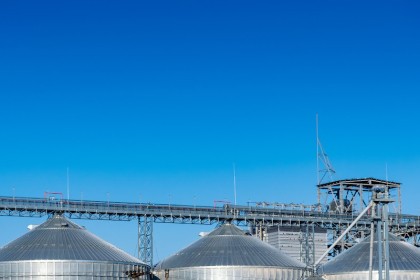
Crop Protection 101
As the name suggests, crop protection is the process of keeping crops safe from environmental factors that can cause harm and disease. Because of the growth in population, and the subsequent rise in the number of mouths to feed, farmers are under constant pressure to produce higher yields. They simply can’t afford significant losses from unwanted impact.
Crop protection makes use of instruments, products, and strategies to defend crops against invasive weeds, pests, viruses, plant diseases, and other harmful factors. Harmful factors like these can have devastating results like considerably reducing existing crops, or even destroying future ones.
Crop Threats
Some of the biggest threats to farmers and their crops include:
- Drought and flooding
- Plant disease and infestations
- Plagues of invasive species of plants
- Other extreme weather conditions
Crop Protection Methods
Each farmer begins their crop protection methods by monitoring their crops first. Crop monitoring is a powerful tool for achieving sustainable crop production. Through crop monitoring, farmers can quickly pick up a potential threat, and make arrangements to remove it early.
Some crop monitoring methods include:
- Analysing soil fertility
- Checking the moisture level of both plants and soil
- Weather forecasts (if not reliant on irrigation systems)
- Analysis of pest and weed thefts
- Signs of discolouration and mould caused by crop diseases
Irrigation System Optimisation
Crop protection is not just about keeping the actual produce safe. It’s also about protecting the resources necessary to ensure optimal growth of the crop. Water is a critical component, and should be monitored closely so that each area of the crop receives a sufficient amount (and not too much), and that the water isn’t going to waste.
By overwatering, you may run the risk of drowning your plants, washing away essential nutrients in the soil, or encouraging the growth of weeds that steal minerals and vitamins from your plants. Modern irrigation systems solve water problems by allowing remote control and efficient distribution. Some more advanced ones can even detect an issue and notify the user.
Crop Weed Management
Weeds are invasive and don’t only deprive cultivated plants of their nutrients, but can also obscure them from the sun (or lighting system implemented on your crop). Weeds can also encourage harmful plant diseases and can spread pests. Weeds are insidious plants that creep in before you know it and spread like wildfire. They can be treated with different techniques namely:
- Agrotechnical treatment;
- Biological treatment;
- Chemical treatment;
Other Methods of Crop Protection
These are much more scientific and can involve genetic modification of the seeds to enable their own protection against certain harmful elements. These are armed with protection before being placed in the soil. Soil health also plays a huge role in crop protection and yield. From seed to soil, to water, and protective sprays, farms need to be carefully prepared and upkeep, in order to perform optimally and avoid infestations affecting the entire operation.
Crop Protection Benefits
By using pesticides and herbicides, farmers can produce more yield with less land and resources. There are many other great benefits to using these chemicals in a safe way.
- Pesticides can maximise the benefits of other valuable agricultural resources, such as high-quality seeds, fertilisers, and water.
- Herbicides can help keep food affordable because they can eliminate the need for additional labour to complete weeding manually.
- Pesticides help reduce waterborne and insect-transmitted diseases such as Malaria, Lyme disease and West Nile virus.
- Herbicides can help with the control of invasive species and noxious weeds.
Crop protection products have helped farmers in developing countries to grow and maintain two or three crops a year. Due to increasing scientific research, and everchanging technology, farmers have an array of effective options when it comes to protecting their farms and crops. Chemical and biological crop protection products, nutrient management, and soil health practices have all been made possible by extensive research, and enhanced by data science. Scientists and agricultural researchers can assess soil life, and detect harmful organisms and pests – once found, the issues can be irradicated accordingly.
At AECI Plant Health, we look into the science and management of weeds, crop diseases, and pests that damage and inhibit plant growth. Our crop protection range assists in the production of higher-quality crops that produce greater yields.
To find these and other agricultural suppliers and solutions, visit our directory!












